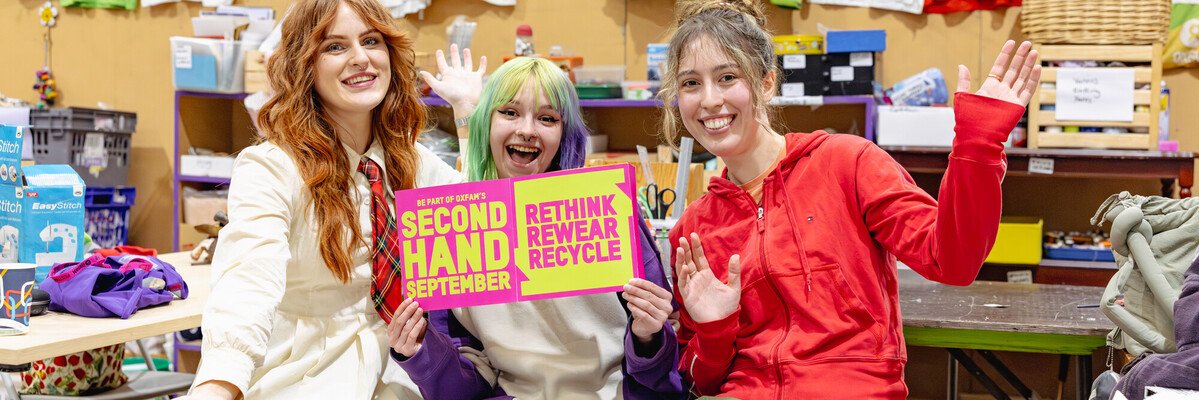Flower Power style at a gathering in San Francisco in 1967. Photo credit: Pictorial Press
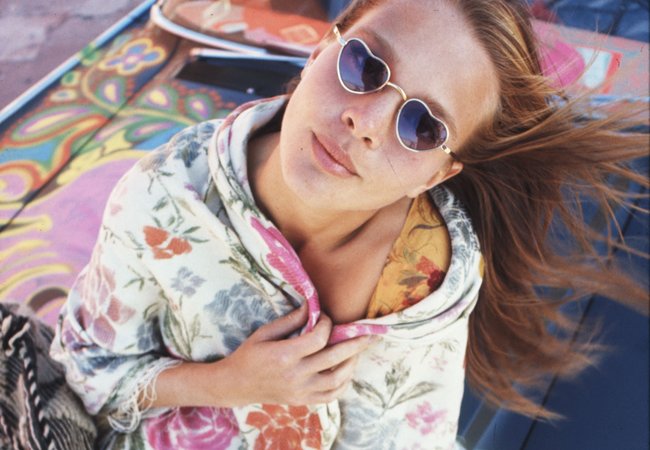
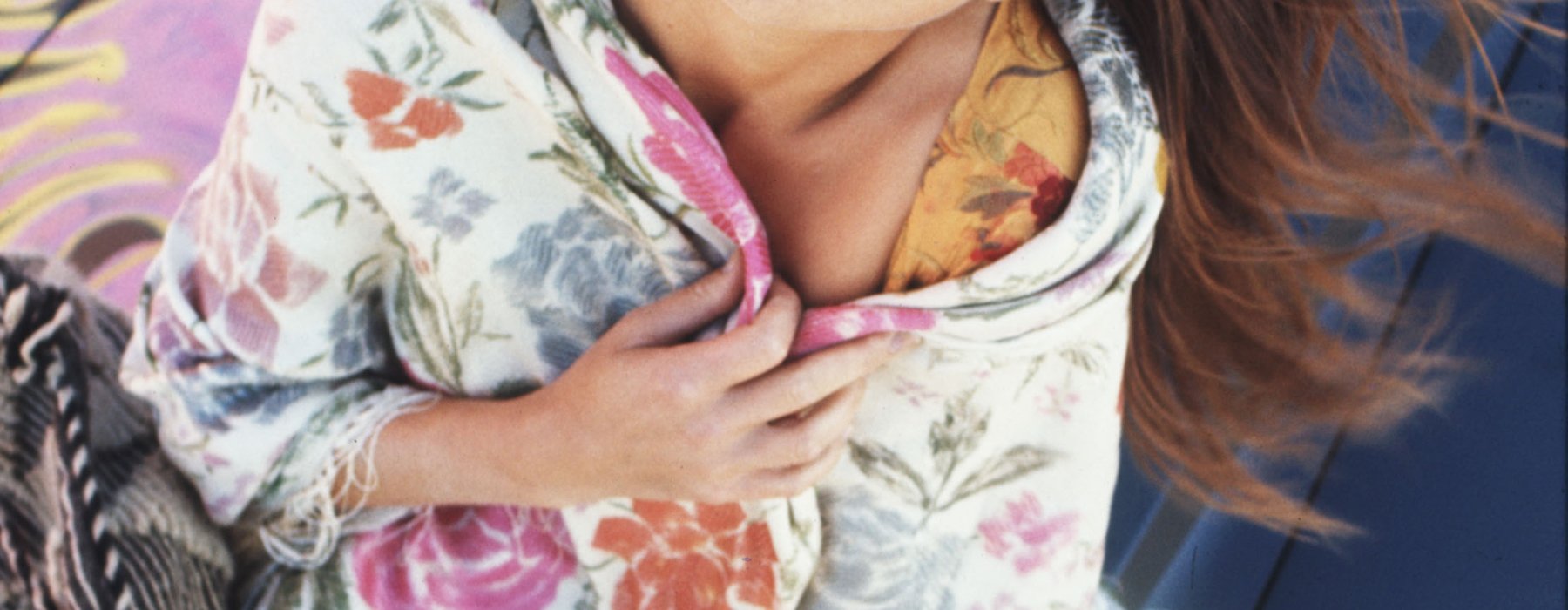
Fashion power: 12 moments where clothes sparked change
Fashion is more than fabric – it's a force. From suffragette sashes to second hand revolutions, style has long been a tool for visibility, resistance, and transformation. Here are 12 key moments where fashion was a powerful agent of change.
12 change-making fashion moments
Vera Wentworth, a suffragette, publicising a protest march to Parliament in 1908. Photo credit: Pictorial Press
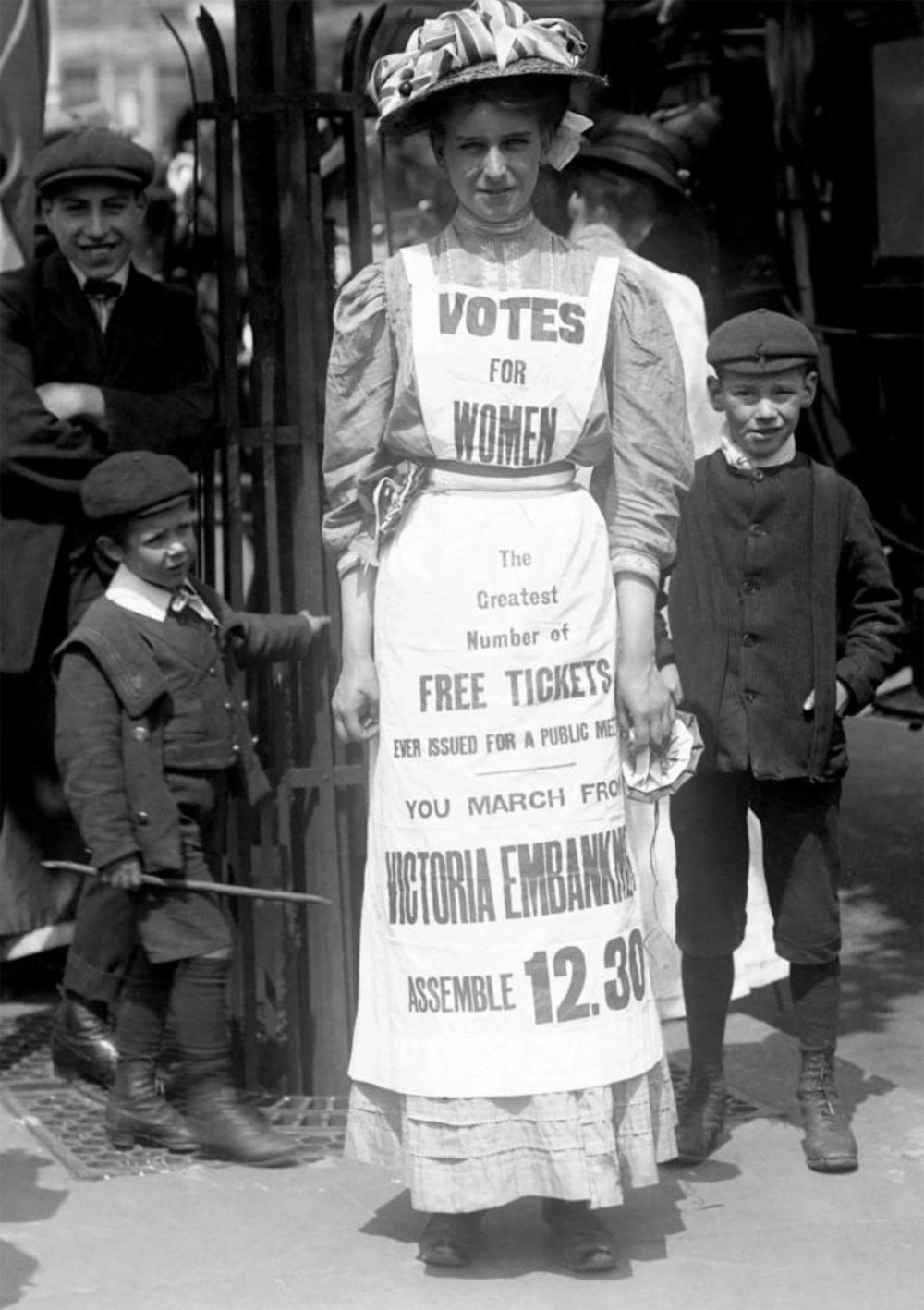
Vera Wentworth walking along The Strand, London wearing an apron advertising a march.
Twiggy outside her North London home, 1966. Photo credit: Courtesy Everett
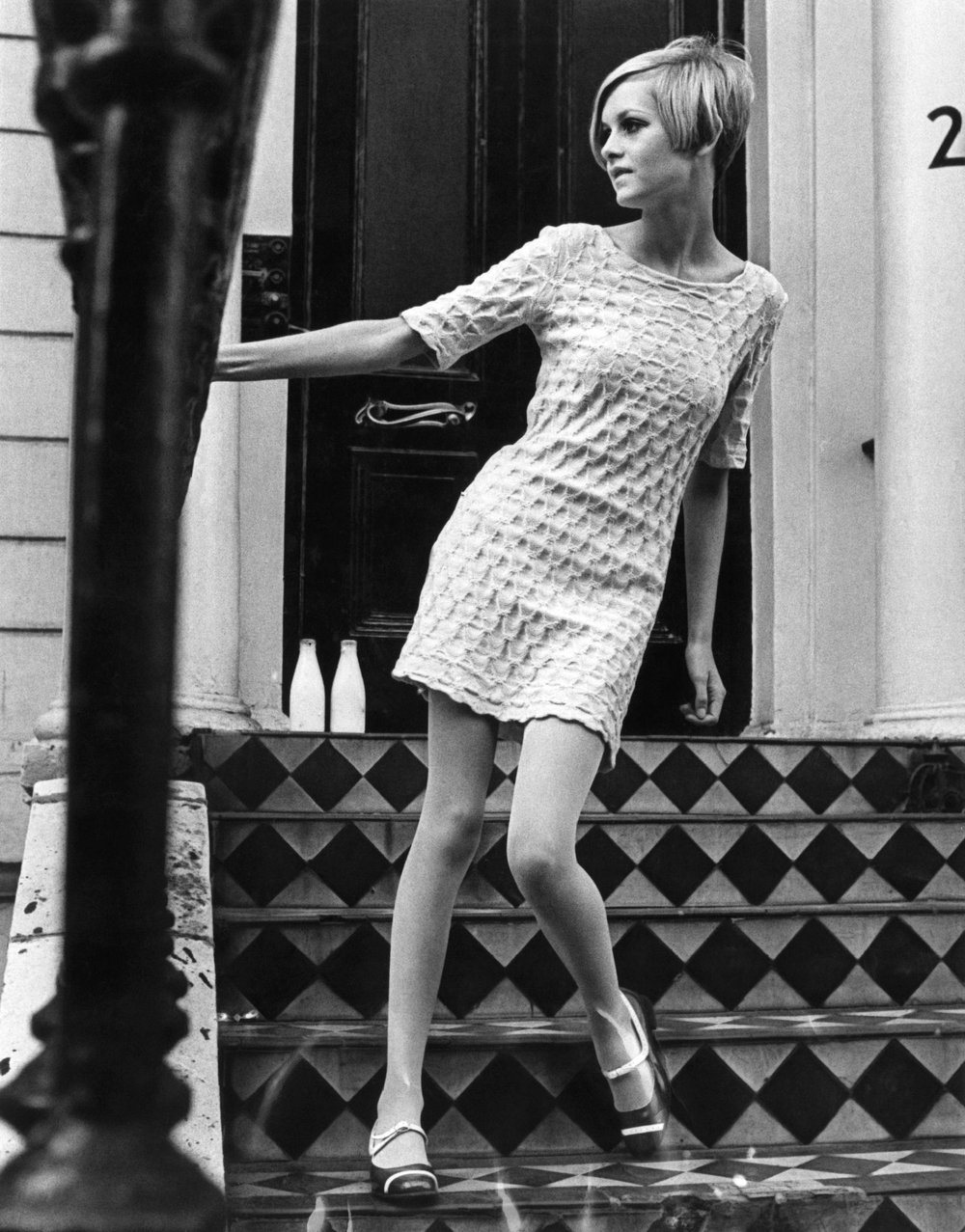
"I wore them very short and the customers would say, ‘shorter, shorter.’" - Mary Quant, British fashion designer
Photo credit: David Fenton
We were a ragtag bunch at the beginning so I put them in a uniform to give them a sense of pride.”
Bobby Seale, co-founder of the Black Panther Party
The Spice Girls perform on stage at the Brit Awards ceremony in London, 1997. Photo credit: Fiona Hanson
Girl power is about being whoever you want to be. Wearing your short skirts, your Wonderbra, and your make-up, but having something to say as well.”
Emma Bunton (aka Baby Spice)
Photo credit: Oxfam
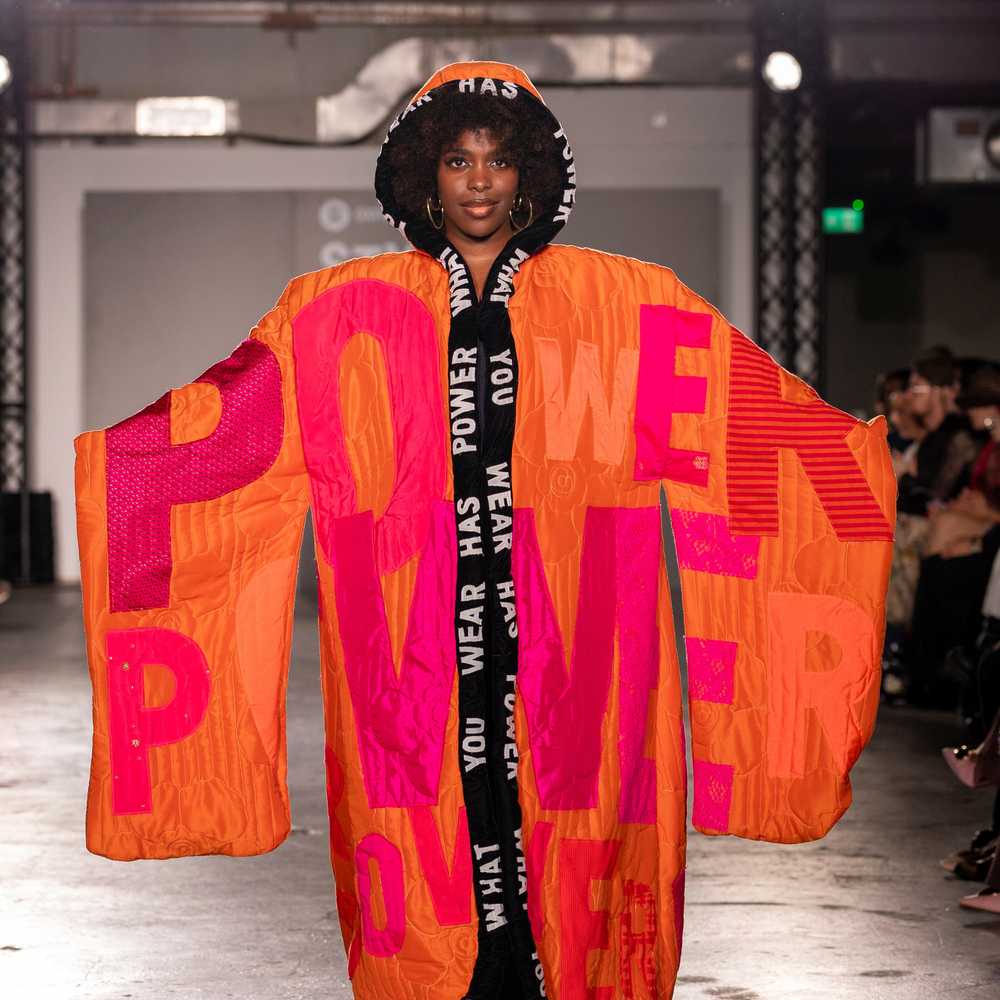
How fashion can power the future
Photo credit: Fiona Finchett / Oxfam
